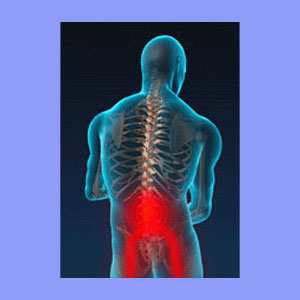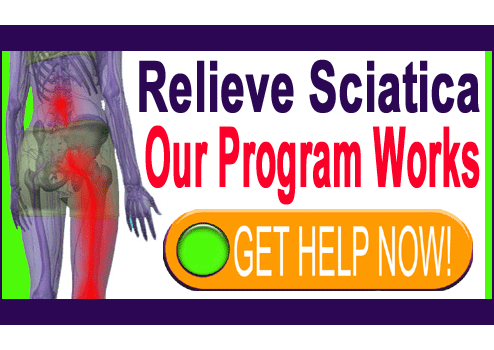
Cox Technic for sciatica can provide a true cure for some types of symptoms and partial relief for others. Cox is a nonsurgical spinal decompression modality that is used primarily for treating foraminal stenosis caused by herniated discs and some forms of spinal osteoarthritis. The system is time-tested, effective and is far less expensive than the modern computer-controlled versions of spinal decompression, such as the DRX9000, Antalgic Trak, AccuSpina, VAX-D and Hill DT systems.
Cox decompression therapy does have some downsides to consider, but represents a good choice for many patients with true spinally-motivated sciatica that is caused by compression of the nerve roots from L4 to S3. The best results are obtained when treating degenerated discs and herniated discs that have narrowed the neuroforamen affecting the L5 or S1 nerve roots.
This discussion provides an objective view of Cox Technic as a focused sciatica therapy option. We will explore the benefits of Cox, its limitations and other treatment alternatives that might be worthy of consideration.
What is Cox Technic for Sciatica?
Cox is also called Cox Decompression, Cox Distraction, Cox Chiropractic and Cox Therapy. As the name suggests, this is primarily a method of care used by specially-trained chiropractors who are certified in its application. Several noted osteopaths are known to utilize Cox and a very few physical therapists have also utilized some of its techniques during spinal rehabilitation.
Cox is a noninvasive, manual form of spinal decompression that uses a specially-designed table. The doctor actively treats the patient by hand, unlike the more modern decompression systems where the patient is simply strapped into a machine which does all the work.
Cox is designed to increase the size of the intervertebral spaces and the patency of the neuroforaminal openings, hopefully taking pressure off any compressed nerve roots that might exist. Treatment can target specific spinal levels and is generally not overly uncomfortable for patients to receive.
Cox Technic Pros and Cons
Cox has some great advantages when compared to other typical forms of sciatica treatment:
Cox Technic has a relatively short duration of treatment, typically spanning one month. The system can be used again as needed, so if a patient has a recurrence, Cox is perfectly suited to treat them as necessary. Some doctors utilize Cox as a preventative care method, as well, especially in patients with a history of recurrent nerve compression in the lumbar region.
Cox is considered safe and basically painless. The treatment is nonpharmaceutical and nonsurgical, making it lower in risk than other common therapies. There is a chance for injury, but this is rare as long as the patient utilizes a certified care provider.
Cox is lower cost than other modern spinal decompression systems that utilize computer-controlled apparatus.
Cox demonstrates very good therapeutic results for indicated conditions. Better still, it has the potential to be a truly curative treatment, instead of the usual barrage of symptomatic care.
As far as cons, Cox also has some important downsides to consider:
Cox is better suited to treat some forms of sciatica than others. Since the best results are also offered for the same conditions that are the most frequently misdiagnosed causes of sciatica, many patients may not find lasting relief when using Cox.
Cox is still an expensive therapy and finding a certified care provider may be difficult in smaller healthcare markets.
Cox is not well suited for patients who are afraid of chiropractors and general spinal manipulation treatment.
Alternative Treatments to Cox Technic for Sciatica
Cox is a great therapy option for patients with verified foraminal narrowing leading to sciatica expressions. However, there are other alternatives that might work just as well, including all the more modern forms of machine-controlled spinal decompression treatment:
In very, very rare circumstances, sciatica surgery might be the best path towards a cure for patients with the most extreme spinal pathologies.
Inversion is a self-managed option that can be used at home and may provide results similar to Cox Therapy.
As mentioned above, many, many patients are misdiagnosed as suffering from lumbar nerve root compression, particularly in association with degenerated or herniated discs. In these cases, patients might not receive any benefits from Cox or may enjoy a temporary placebo effect leading to transient relief. However, for permanent resolution of pain, knowledge therapy will do a much better job, since it will help identify and rectify the underlying true origin of pain. This is why we routinely recommend knowledge therapy to patients first, since the risks, costs and benefits have all other treatments beat hands down. They can always try Cox decompression or another therapy choice later if desired, but they probably will not need it!
Sciatica > Spinal Decompression for Sciatica > Cox Technic for Sciatica





